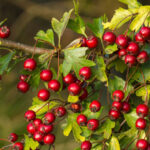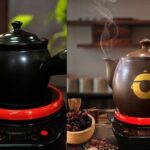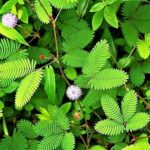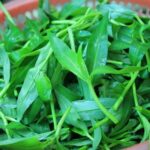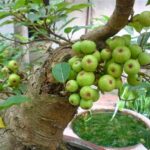If you’re curious about the ham ech plant and its medicinal properties, you’ve come to the right place. In this article, we’ll delve into the numerous benefits of this plant and explore its potential as a natural remedy.
1. Ham Ech Plant Overview
Characteristics
The ham ech plant is a herbaceous perennial that typically grows to a height of 30-50cm. Its stem is erect and robust, featuring distinct nodes and ridges around each node. The leaves are shaped like eggs with pointed tips and rounded or heart-shaped bases. They are arranged in an alternate pattern and measure approximately 8-12cm in length and 4-5cm in width, with 5 veins and obtuse bases. The leaf stalks are relatively long, ranging from 3-6cm, and feature sheaths at their base.
This plant usually flowers from April to August and produces fruit from August to September. The flowers are white and drooping, forming inflorescences in the leaf axils, and lack a perianth. Following fertilization, the plant develops capsule fruits with spherical or pointed ovoid seeds.
Useful Parts
The entire ham ech plant, from its stem to its leaves, can be utilized for various purposes. Farmers typically harvest it during its blooming season, which is in the summer-autumn period.
Distribution and Habitat
Ham ech is indigenous to several countries in Asia, including China, Thailand, Laos, and Vietnam. In Vietnam, it is commonly found in low mountains, midlands, and northern deltas, often growing near streams, ditches, fields, or areas that experience occasional flooding.
This plant is highly adaptable and resilient. It rapidly develops a robust root system with numerous branches, ensuring its survival and propagation. Ham ech can be easily propagated from cuttings or root segments, making it accessible to those who wish to cultivate it.
Harvesting and Processing
While ham ech can be harvested year-round, the ideal period is during summer and autumn, when the plant is in full bloom. After harvesting, the leaves can be used fresh or dried for later use.
Storage and Preservation
To ensure the longevity of freshly harvested ham ech, it should be stored in a cool, well-ventilated area, away from direct sunlight. This will help maintain its potency and therapeutic properties.
Chemical Composition
The ham ech plant is a treasure trove of beneficial compounds. It contains essential oils such as methyl-n-nonyl ketone and myristicin, which contribute to its therapeutic properties. The above-ground parts of the plant are particularly rich in beneficial compounds, including hyperin, rutin, aristolactam A II, daucosterol, ellagic acid, and corilagin. Additionally, ham ech is a great source of various acids, including glutamic acid and fatty acids such as palmitic, stearic, oleic, and linoleic acids.
2. Medicinal Uses of Ham Ech
Nature and Taste
In traditional Vietnamese medicine, ham ech is believed to possess a sweet and spicy taste, with a cooling effect on the body. This belief is supported by its therapeutic properties and the relief it provides from various ailments.
Pharmacological Effects
Modern scientific research has validated the medicinal value of ham ech. Studies have shown that it exhibits antibacterial activity against Salmonella and Staphylococcus groups, making it a valuable natural remedy for infections caused by these bacteria.
Traditional Uses
In traditional medicine, ham ech is revered for its diuretic, detoxifying, heat-clearing, and edema-reducing properties. It is commonly used to treat a range of ailments, including nephritis with edema, liver cancer, rheumatism, calculi, tonsillitis, leukorrhea, lymphangitis, snakebites, eczema, pyoderma, and boils. The plant’s cooling properties are especially beneficial for heat-related conditions, providing a soothing and healing effect.
Usage and Dosage
Ham ech can be applied topically or consumed as a decoction, depending on the ailment being treated. When taken orally, the recommended dosage is 15-30g per day. This dosage can be adjusted based on the severity of the condition and the advice of a qualified herbalist.
3. Ham Ech Herbal Remedies
Leukorrhea Treatment
Ingredients
- 70g pork
- 60g Ham Ech
Preparation and Administration
Clean and finely chop the ham ech, and mince the pork. Add any desired seasonings to enhance the flavor. Cook the mixture as a soup and consume it every other day. With regular consumption, you should notice an improvement in your condition after about 10 servings.
Relief from Bone and Joint Pain
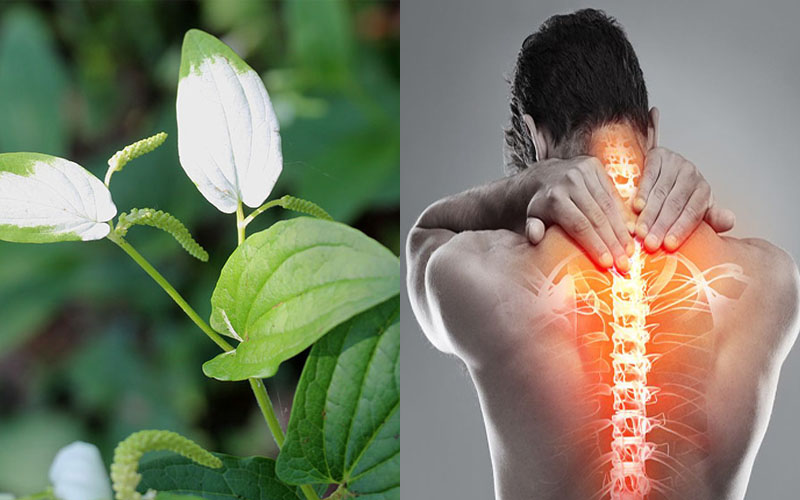 Ham Ech effectively alleviates pain
Ham Ech effectively alleviates pain
Ingredients
- 30g Ham Ech leaves
Preparation and Administration
Clean the ham ech leaves and place them in a pot with 500ml of water. Bring the water to a boil and allow the leaves to infuse, creating a therapeutic tea. Drink this tea once a day for 7 days, and then repeat the cycle 3 to 5 times until your symptoms subside.
Remedy for Bladder Stones
Ingredients
- 15g Desmos chinensis
- Green Commelina communis
- Hedyotis capitellata
- Eclipta prostrata (equal amounts of these three herbs)
- 20g Ham Ech
Preparation and Administration
Clean and prepare all the ingredients, then add them to 750ml of water. Boil the mixture until it reduces to 500ml and consume it daily. Continue this regimen for 15 days, repeating as needed until the bladder stones are completely dissolved.
Remedy for Nosebleeds Caused by Heat
Ingredients
- 15g Rhododendron molle roots
- 15g Ham Ech
Preparation and Administration
Combine 15g of Rhododendron molle roots and 15g of ham ech with 750ml of water and boil it down to 250ml. Drink 125ml of this infusion twice a day for 10 days to help stop nosebleeds and cool the body.
Treatment for Boils
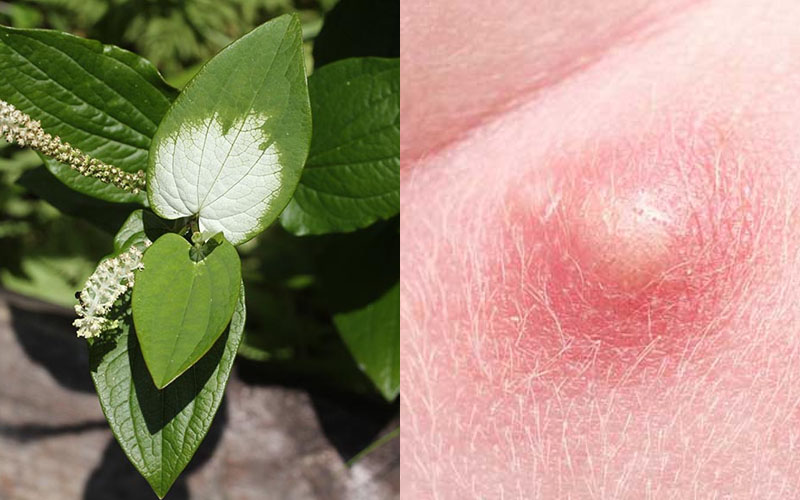 Ham Ech leaves are an effective remedy for boils
Ham Ech leaves are an effective remedy for boils
Ingredients
- Ham Ech leaves
Preparation and Administration
Clean the ham ech leaves and crush them into a paste. Apply this paste to the affected area and secure it with a bandage. Repeat this process 3 times a day for approximately 2 hours each time for 3 consecutive days to notice a significant improvement in your skin condition.
4. Distinguishing Ham Ech from Lá Lốt
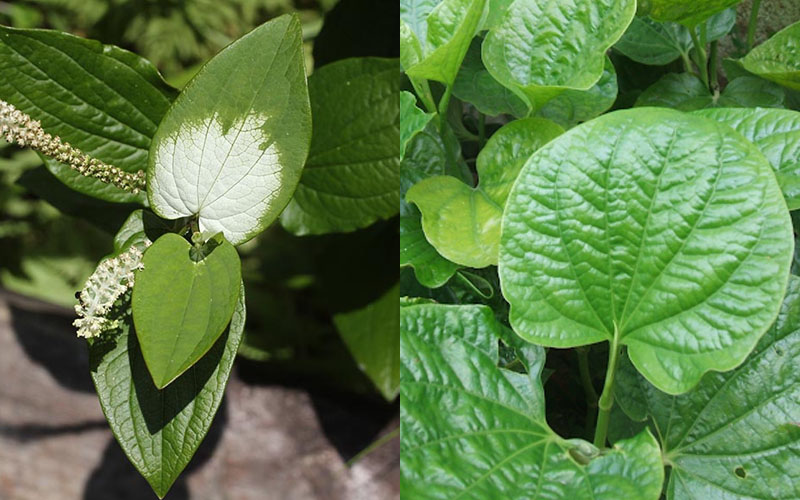 Differentiating Ham Ech from Lá Lốt
Differentiating Ham Ech from Lá Lốt
Due to their similar appearances, ham ech and Lá Lốt can be easily confused. Here’s how you can tell them apart:
Lá Lốt: The leaf near the petiole is round and palm-sized, with a distinct aroma. It has a unique fragrance that sets it apart.
Ham Ech: The leaf near the petiole is curved and heart-shaped, larger than Lá Lốt, and lacks a distinctive aroma. Its leaves are generally larger and have a more subtle fragrance.
We hope this information has shed light on the remarkable benefits of ham ech. This versatile plant offers a range of medicinal properties that can improve your well-being. Remember to consult a qualified herbalist or healthcare professional before incorporating any new herbal remedies into your routine.
The “Timid Queen” of Herbs: A Plant That Grows Wild and Is Highly Prized in Vietnam.
The Touch-Me-Not plant, also known as the Shy Plant or the Sensitive Plant, is not just a fascinating plant that ‘shies away’ when touched, but it is also a revered herb in traditional medicine. This unassuming plant boasts a plethora of surprising health benefits that have been utilized for centuries.
























